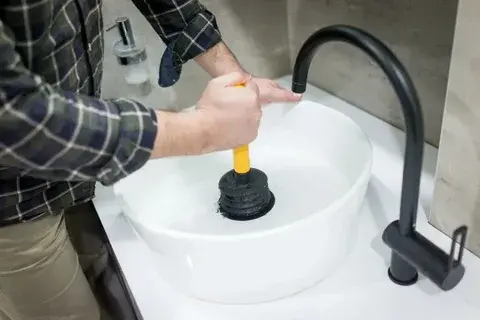Why Emergency Tooth Removal May Be the Best Option for You
- loganshaw32111
- Feb 25
- 3 min read
Tooth pain can be unbearable, and in some cases, extraction is the only solution. When a tooth is damaged beyond repair or poses a risk to oral health, an emergency tooth removal can provide immediate relief and prevent further complications. In this article, we’ll explore the reasons for emergency extractions, the process, and what to expect during recovery.

When Is Emergency Tooth Removal Necessary?
While dentists aim to preserve natural teeth whenever possible, certain conditions make extractions the best course of action. Situations that may require an emergency tooth extraction include:
1. Severe Tooth Decay
2. Broken or Fractured Teeth
A badly broken tooth, especially one that extends below the gum line, may not be salvageable. In such cases, an emergency tooth removal is the safest way to prevent further damage and infection.
3. Impacted Wisdom Teeth
Wisdom teeth can grow improperly, causing pain, swelling, and misalignment of other teeth. If they become impacted, an emergency extraction may be needed to prevent ongoing discomfort.
4. Infections and Abscesses
Dental infections can spread rapidly and lead to serious health complications if untreated. When an infection becomes severe and antibiotics aren't enough, removing the affected tooth may be the only way to stop the spread.
5. Crowding or Orthodontic Needs
In some cases, a tooth may need to be removed to make space for braces or other orthodontic treatments. If crowding is severe and delaying alignment progress, an extraction may be required.
The Emergency Tooth Removal Process
An emergency tooth extraction is typically performed in a dental office under local anesthesia. Here’s what to expect:
1. Examination and X-Rays
A dentist in Allen will first assess the affected tooth using X-rays to determine the best approach for removal.
2. Numbing the Area
To ensure a pain-free procedure, the dentist will administer local anesthesia. In some cases, sedation options may be available for anxious patients.
3. Tooth Extraction
For a simple extraction, the dentist will loosen the tooth and remove it with forceps. If the tooth is impacted or broken, a surgical extraction may be required, involving a small incision in the gum.
4. Stitches and Post-Extraction Care
After the tooth is removed, the dentist may place stitches to promote healing. A gauze pad will be used to control bleeding, and aftercare instructions will be provided.
Recovery and Aftercare
Proper aftercare is crucial for a smooth recovery after an emergency tooth removal. Here are some key steps to follow:
Rest and Avoid Strenuous Activities – Give your body time to heal by avoiding heavy physical activity for at least 24 hours.
Manage Pain and Swelling – Use prescribed pain medication or over-the-counter pain relievers to ease discomfort. Apply a cold compress to reduce swelling.
Stick to Soft Foods – During the healing process, avoid hard and chewy foods. Instead, opt for foods with dental braces, such as yogurt, mashed potatoes, and smoothies, to prevent irritation.
Keep the Area Clean – Rinse gently with warm salt water to keep the extraction site clean and free from infection. Avoid using straws, as suction can dislodge the blood clot and cause complications.
Follow Up with Your Dentist – If you experience excessive bleeding, severe pain, or signs of infection, contact your dentist in Allen for further evaluation.
Alternatives to Emergency Tooth Removal
While extraction is sometimes the only option, dentists will always consider alternative treatments first, such as:
Root Canal Therapy – If the infection is confined to the tooth’s pulp, a root canal may save the tooth instead of removing it.
Dental Crowns – For fractured teeth, a dental crown can restore strength and functionality.
Antibiotic Treatment – In some cases, antibiotics can help control infections, delaying or even preventing the need for an extraction.
Finding the Right Emergency Dentist
If you’re experiencing severe tooth pain, it’s essential to seek help from an experienced dentist in Allen. Prompt care can make all the difference in preventing complications and ensuring a quick recovery.
Whether it’s an infected tooth, a fracture, or an impacted wisdom tooth, an emergency dentist can assess your condition and determine the best treatment plan.
Conclusion
Emergency tooth removal is sometimes the best solution for extreme pain, infections, or dental trauma. If you need urgent care, don’t hesitate to visit a dentist in Allen for a professional evaluation. Proper aftercare, a soft diet with foods with dental braces, and timely follow-ups can ensure a smooth recovery. When in doubt, always seek immediate dental assistance to protect your oral health.







Comments